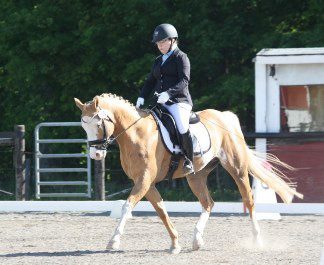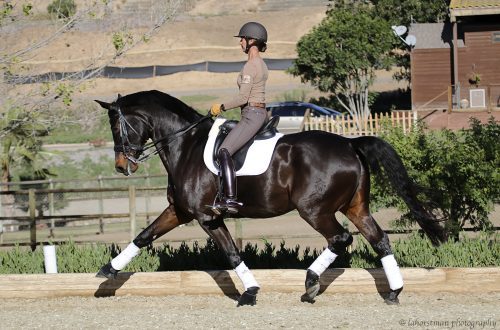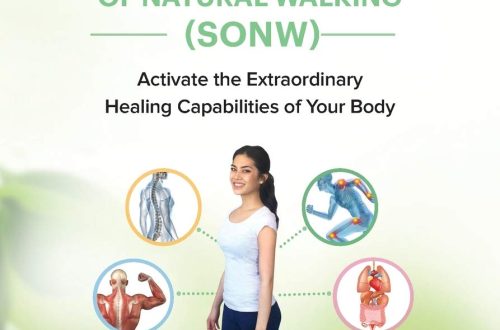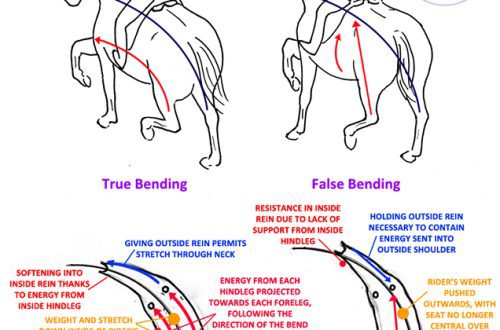
Correcting the position of the shoulders, focusing on the spine
Correcting the position of the shoulders, focusing on the spine

In the photo we see Alexandria Belton riding her 17-year-old gelding named Daffy’s Son Shine (“Koki”). A couple on the battlefield during the tournament. Alexandria successfully competes at the second level and is working on third level rides.
Alexandria notes that it becomes difficult for her to work on further collection and lightness of the shoulders, as her horse naturally moves “downhill”. She also told me that she herself had difficulty keeping her shoulders back and was unable to overcome the bad habit of looking down.
I often notice that there are certain similarities between horse and rider. Therefore, it does not surprise me that Koki and Alexandria show us their common weak point – the shoulders.
To help the horse become lighter in the shoulders, the rider must have good body stability.
When I look at the photo, I notice that Alexandria’s legs are correctly positioned, they “lengthen” down. But there really is a catch with the shoulders – the rider stoops. Her gaze is slightly lowered, as a result of which her hands are not sufficiently brought forward.
Sometimes you can create support and strengthen your back by slightly rounding your shoulders and slightly pulling your upper arm and elbow out. This gives some stretch to the back and shoulders and can help improve contact with the horse. However, this rounding creates false stability and will only work in the short term. When such a rider tries to correct a stoop in the shoulders and pulls his shoulders back and down, his core often becomes unstable and the rider does not feel the horse well enough. As a result, we see a more tight than stable fit.
Instead of focusing on pulling her shoulders back, I would advise Alexandria to focus more on the movement of her spine.
Try this: Sit in a chair and try to feel your collarbones from your sternum to your shoulders. Then feel the cervical vertebrae. One of them will stick out the most at the bottom at the beginning of the back. This is the last cervical vertebra – C7. To mobilize the upper thoracic vertebrae, you must imagine a movement in which the spine rounds, allowing the clavicles to move down and the C7 vertebrae to move up. Then, round the top of your spine by lifting your collarbones up and down on C7. This movement may be very small, but it has a big impact on the position of your head and shoulders, and therefore on your ability to influence the horse.
Often, when we try to sit up straight, we only lift our chin up, thereby shortening the back of the neck. This position is not helpful. There is then stiffness in the shoulders as we keep them extended, which means we cannot maintain soft, yielding and elastic contact with the horse’s mouth. Instead of straightening at the top of the spine, we push our lower ribs forward and lean back. This stiffens the lower back and prevents us from following the horse’s movement without hindrance.
The exercise I have described teaches a different approach to straightening the rider’s body and further connects the rider to the horse through his seat, leaving the shoulders free and independent. Instead of forcing the shoulders back, the ribcage should move forward between the shoulders—more flexibility combined with a more stable core.
Susanna von Dietze (source);translation Valeria Smirnova.





